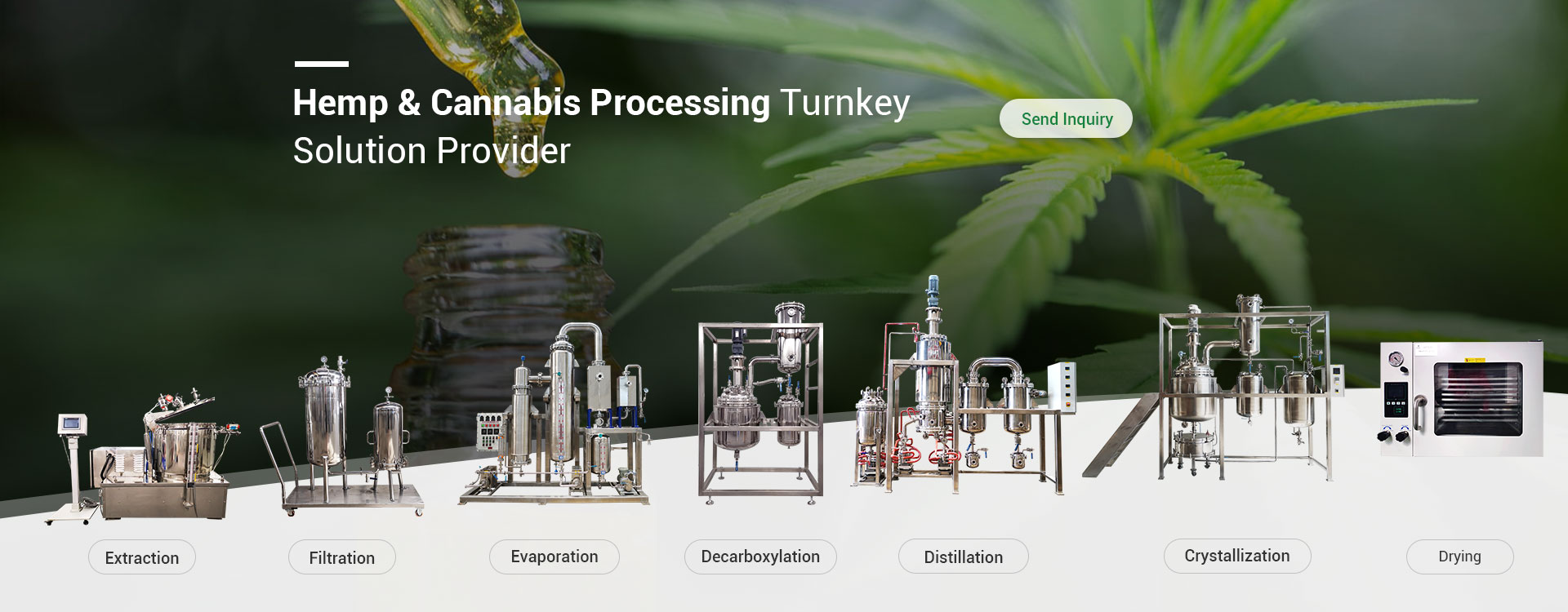
A jacketed glass reactor is a type of chemical reactor that has a glass vessel with a jacket around it. The jacket is typically filled with a heating or cooling fluid, such as water, oil, or steam. The purpose of the jacket is to control the temperature of the contents of the glass vessel.
The design of a jacketed glass reactor can vary depending on the specific application and requirements, but there are some general features that are common to most designs:
Glass Vessel: The main body of the reactor is a cylindrical or spherical glass vessel with a flat or rounded bottom. The glass is typically made of borosilicate or other high-quality materials that can withstand high temperatures and pressures.
Jacket: The jacket is a second glass layer that surrounds the main vessel. It is designed to be filled with a heating or cooling fluid, such as water or oil, to control the temperature of the contents of the reactor. The jacket may be double-walled or triple-walled, depending on the desired temperature range.
Agitator: Most jacketed glass reactors are equipped with an agitator or stirrer to mix the contents of the reactor. The agitator can be a simple paddle or impeller, or a more complex design such as a helical ribbon or turbine.
Inlet and Outlet Ports: The reactor typically has one or more inlet and outlet ports for adding or removing materials, as well as for monitoring the temperature and pressure inside the reactor.
Support Stand: The reactor is typically mounted on a support stand that can be adjusted for height and angle. The stand may be made of stainless steel or other materials that can withstand the weight of the reactor and the forces exerted by the agitator.
Accessories: Additional accessories, such as thermocouples, pressure gauges, and sight glasses, may be added to the reactor to monitor and control the process.
Overall, the design of a jacketed glass reactor is optimized for efficient mixing and heat transfer, while also ensuring the safety of the operator and the integrity of the process.

Related Category
———


Related News
———
Application
———
FAQ
———
The Key Uses of Jacketed Reactors
Jacketed reactors enhance temperature control and thus improve product quality. They are used in a variety of applications from pharmaceuticals to engine oils. They control the heat of exothermic reactions or reduce the viscosity of highly viscous liquids.
View MoreHow to Get the Best Results from a Jacketed Reactor
The ability to accurately heat and cool a reaction is critical to safety and the quality of the final product. Jacketed lab reactors are now common, and as with any equipment, there are some best practices you can follow to optimize performance - so here are our recommendations to help you get the best results from your jacketed lab reactor.
View MoreFunctions and Maintenance of Double Glass Reactor
Double-layer glass reactor is a common reaction instrument in modern laboratories, capable of carrying out reaction experiments such as concentration, distillation, reflux, separation and purification under the scenario of constant speed and temperature, which is an ideal instrument and equipment for experimental production in biopharmaceuticals and colleges.
View More
Jacketed glass reactor for pharmaceutical industries
The picture below is a complete set of jacketed glass reactors customized by our old customers in the pharmaceutical industry, including high temperature heating circulators, low temperature chillers, high and low temperature integrated refrigerated heating circulators, vacuum pumps and vacuum controllers.
View MoreQuick Find
———
You May Also Like
———

Glass reactors can vary in price depending on their size, features, and manufacturer.

Glass reactors can be sterilized using various methods, such as autoclaving or chemical disinfection.

The materials used in glass reactors can vary, but most are made of borosilicate glass or quartz.

Glass reactors should be used with caution and the appropriate safety equipment, including gloves, goggles, and a lab coat.

Glass reactors can be optimized to improve the efficiency and yield of a reaction.

Glass reactors can be equipped with various safety features, such as automatic shutoffs and emergency ventilation systems.

Glass reactors should be repaired by a professional if they are damaged or broken.

Personnel should receive appropriate training before operating a glass reactor to ensure safe and efficient operation.

Glass reactors can be designed to be energy efficient, reducing the cost and environmental impact of their operation.

Triple-layer glass reactors have an additional layer of insulation, which makes them suitable for reactions that require high temperatures or pressures.

The capacity of a glass reactor can range from a few milliliters to several liters.

Glass reactors should be calibrated regularly to ensure accurate measurements and reliable performance.
